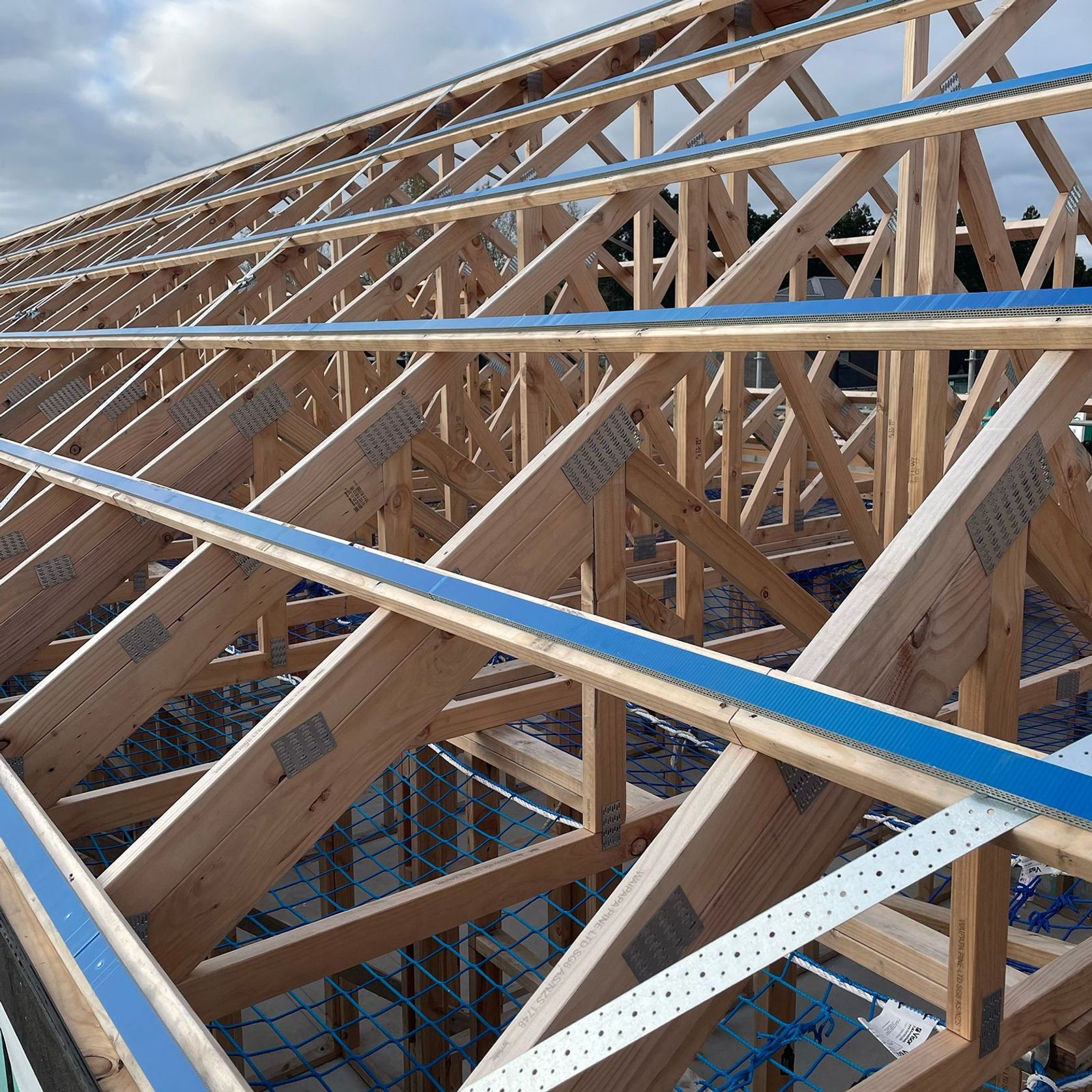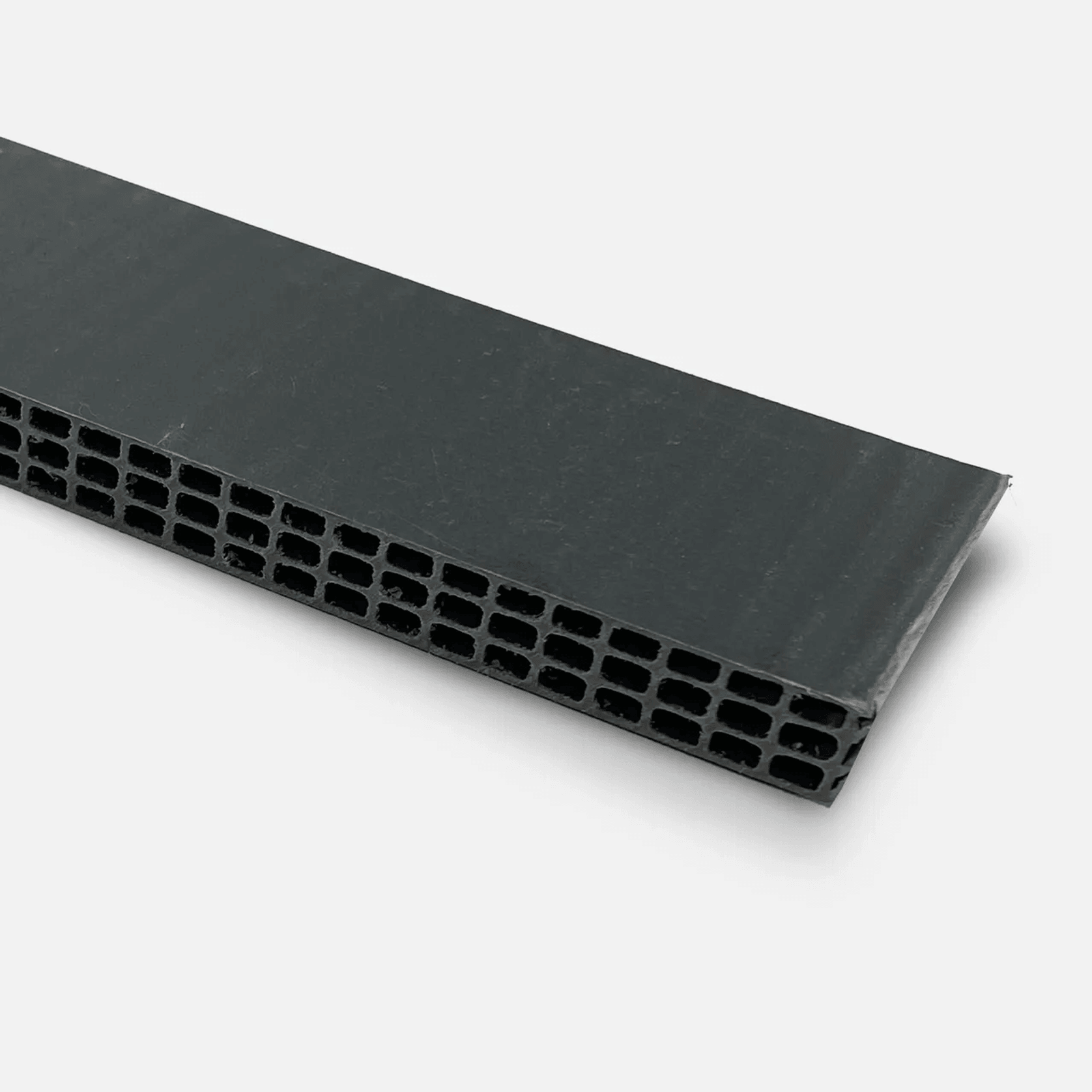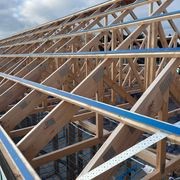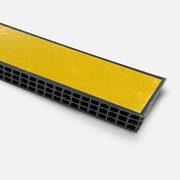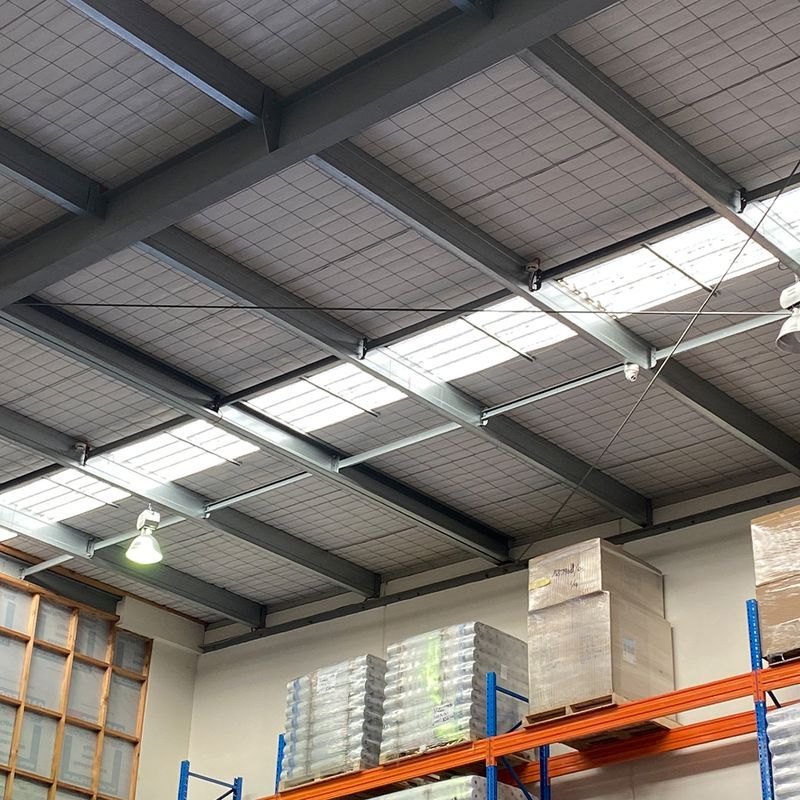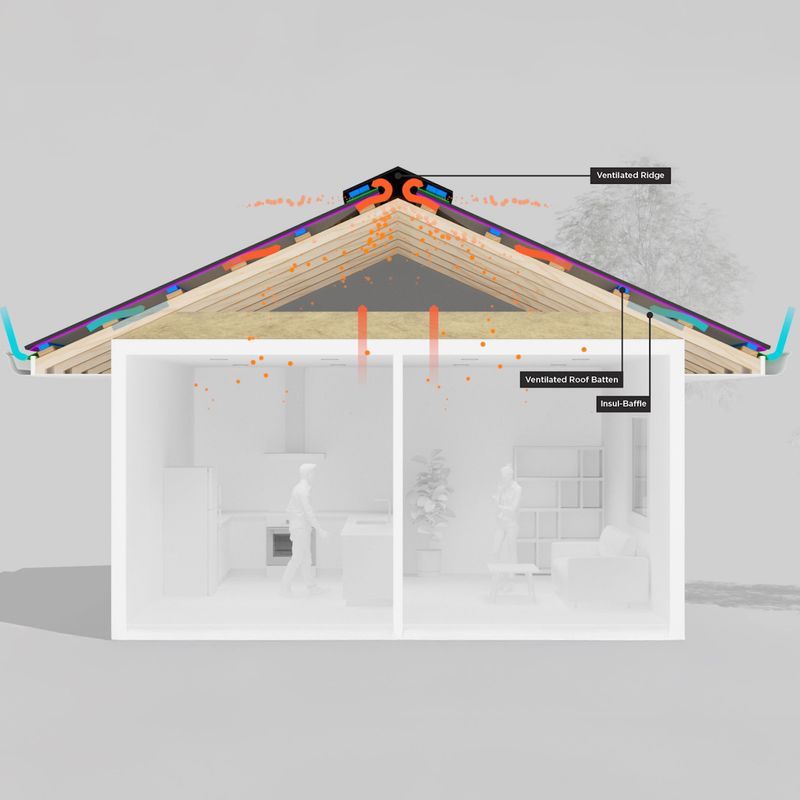Masons Roof Battens - Plastic, Ventilated
Masons- CategoryRoof Systems
- RangeMasons Roofing Systems and Products
About the
Seller
We’re Masons – a New Zealand owned family business that’s been part of the building industry for more than 25 years. We develop products and systems that help buildings, and the people that make them, perform at their best.
Masons was built from practical experience. Trent Mason learned the trade in a bricklaying family, where doing the job properly mattered. When he moved to New Zealand at the age of 19, he brought that same mindset to the building site – always looking for better products and systems to make the job easier for the people around him.
That approach still motivates us. We focus on the complete building envelope and how each component interacts with the next. Wraps, air barriers, fixings, tapes, cladding elements – everything works better when it works as a system. Our goal is to reduce risk and remove guesswork so buildings perform the way they should.
Over the years we’ve become known as trusted problem-solvers – the people you call when you want something explained clearly, when you need to understand how components connect, or simply want confidence you’re making the right call.
We’re here to help make building smarter, simpler and more reliable – with great products, great systems and great people.
Masons. Delivering products and systems to build smarter.
- ArchiPro Member since2020
- LocationView all locations (+1)
- More information
